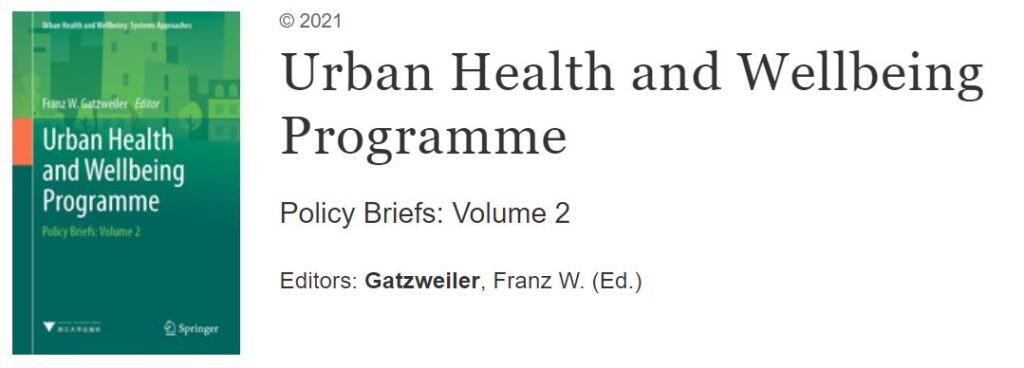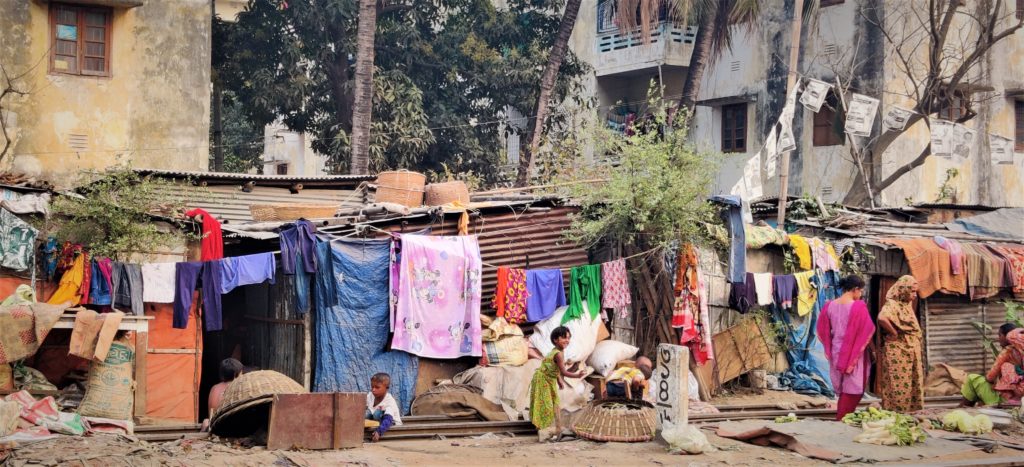Our programme Planting Seeds of Empowerment Mental Health and Well-being of the Communities starts this year with a new project created in collaboration with international organisations to emphasise the importance of nature in the mental health and well-being of people residing in heavily urbanised cities. The project entitled: Networks of Nature Integrating Urban Farming in Read More
Tag: Community
Policy Briefs – Urban Health and Wellbeing Programme by Springer
In our most recent contribution to the Volume Two of the book series Urban Health and Wellbeing Systems Approaches, published by Springer and Zhejian University, we discuss the preliminary findings of our research project currently conducted in low-income communities in Medellin Colombia for our program Planting Seeds of Empowerment: Mental Health and Wellbeing of the Read More
Unraveling links among climate change, poverty and health in slums of Dhaka
It is well known to the environmentalists that Bangladesh is currently considered the 7th most vulnerable country to the adverse effects of ongoing climate change. What we do not know, however, is the adverse effects that are already in place and how much it is tangled with rural-urban migration, rehabilitation, gender, human rights, and health Read More
Mental health at the refugees camp @ Chelsea Flower Show 2018 (PART_3)
One of many Chelsea Flower Show Gardens that deserves special attention is The Lemon Tree Garden, which directly referred to the issue of mental health. Inspired by the resilience, originality and determination of refugees living in Domiz camp in Northern Iraq was designed with their involvement and highlights the unexpected beauty and power hidden in the Read More
Hidden in Plain Sight
Urban landscape surrounding most of us nowadays, offers more than just the face value that we see. Urban ecosystem services are presenting terrific potentials for the growing communities. Landscape design for health and well-being goes hand in hand with the design for fresh produce and urban farming opportunities. There is plenty evidence to show this dynamics. Read More





